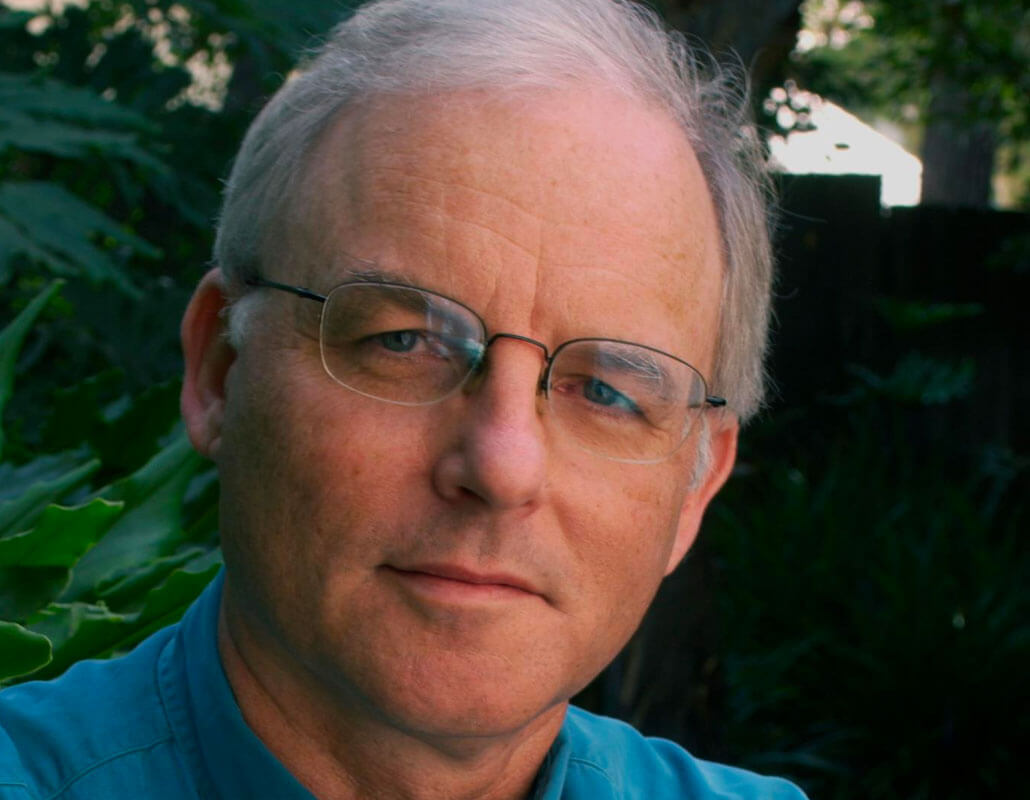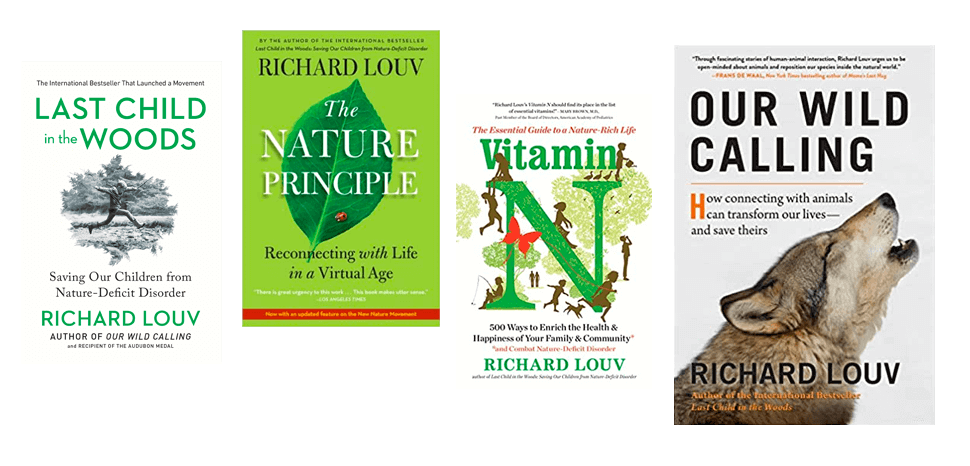FIRE AND FERMENTATION: Tragedy and Renewal
At first light, my wife Kathy woke up and walked outside to get the paper. She felt a wave of heat and looked up. The sky was amber and black and foul.
“Something’s wrong,” she said, shaking my shoulder.
Four hours later, we were driving out of Scripps Ranch as a blazing orange thing with its single burning eye stared down at our cul-de-sac. Our van was packed with the past —photo albums and children’s drawings, our kids’ baby clothes, pictures pulled from the walls. Binkley the Cat, in a cardboard box, harmonized with the sirens. “How can this be happening? The rug pulled out like this,” Matthew, our teenage son said, the words choking in his throat. He was stunned, incredulous. He was sure that his world would end in flames. “It’s okay,” I answered, in a poor attempt to reassure him, “Think of it as an adventure. Hey, I grew up with tornadoes. We did this kind of thing every spring.”
“Well, I didn’t,” he said. And he was right to say that.
We drove east and north, keeping the rising cloud of smoke in our rearview mirror. The traffic was bumper-to-bumper. Forty minutes later, we pulled into a parking lot at a freeway-side Hampton Inn, near the ocean. The hotel was offering price breaks to evacuees. The lobby was filled with dazed San Diegans and their pets. People gathered around a large-screen television, holding their hands to their mouths in disbelief.
Three blocks from our house, the fire stopped, reversed, and the wind blew it back over the backcountry.
My family’s temporary exodus took place in 2003, in San Diego. I told this story in Last Child in the Woods. Recent natural disasters, including the fires of Northern California, brought it to mind, so I’m sharing it again here.
By the time the largest fire in Southern California history was over, 15 people died, more than 2,000 homes were burned to the ground, and much of the Cuyamaca forest — the place in my county to which I am most attached — was gone. Trees estimated to be 800 years old were turned to charcoal. The fire burned so hot that boulders the size of houses exploded, and in some areas, the buried seed stock of native plants designed by nature to thrive after fires, were destroyed.
Just as fire and flood have taken a toll on programs that connect people to the natural world, some of the special places offering nature programs for children in my region were destroyed or damaged by our fire. Candy Vanderhoff, the architectural designer who for two years had devoted herself to the establishment of Crestridge Ecological Reserve — the mountainous land where high school students confronted the wonders and peculiarities of the backcountry — reported that most of the reserve was burned away.
Vanderhoff and other Crestridge volunteers had spent weeks constructing an educational kiosk at the entrance to the preserve. The kiosk, designed by artist James Hubbell and made primarily of biodegradable straw bales, was also destroyed as the firestorm roared through Crestridge. All that remained were twisted fingers of burnt oak and blackened boulders pocked with acorn-grinding holes of ancient Kumeyaay.
Jim Hubbell’s family compound, nestled in the chaparral and oak thirty miles to the east, was burned as well. He had spent 40 years creating structures – sculptures, really – of concrete, adobe, stone, wood, wrought iron and glass. Over the decades he added a flourish here, a piece of glass that caught the light there. The buildings weren’t built as much as grown from the land. Over the years, thousands of visitors came for day visits to soak up the spirit of Hubbell’s creation. The fire incinerated much of the compound; the deer that moved like ghosts are gone.
Still, Hubbell, a gentle wise man in his 70s, believes in seeds, in rebirth.
A few weeks later Jim and his wife, Anne, were back on their land, planting possibilities and reattaching themselves. Not long after that, I received a letter from Jim that perfectly described poet Gary Snyder’s reference to the spirit of natura — birth, constitution, character, course of things — and beyond natura, nasci — to be born:
This year good work will grow out of the ashes, just as green grass grows out of the ashes of the burnt chaparral, for along with the destruction came something unexpected. As we looked at our land, we discovered an emptiness that held a beauty not previously perceived. Boulders, once hidden, were revealed, placed as if in a garden. There were quiet places for reflection. The hard soil, scorched by the fire, was now soft and yielding to the foot. The undulations of the land were all visible. This emptiness, this new space, holds an excitement for us. It is a gate into a world only partly glimpsed. Our task is to walk through and discover where the gate leads.
I relate this story as metaphor. When we contemplate the unraveling relationship between children and nature, we might consider it a fire going through, and only that. We look forward to renewal.
-
Network News
POLICY UPDATE: Policy and advocacy for the children and nature movement
-
Voices
Binoculars, bald eagles and my journey as a Black birder
-
Richard Louv
THE WONDER BOWL: Ten Spring and Summer Nature Activities for Kids and Adults
-
Network News
Minneapolis Spotlight: The promise and possibilities of parks for youth
-
Voices
Why nature is my motherhood ally




Commentaries on the C&NN website are offered to share diverse points-of-view from the global children and nature movement and to encourage new thinking and debate. The views and opinions expressed are those of the author(s) and do not necessarily reflect the position of C&NN. C&NN does not officially endorse every statement, report or product mentioned.